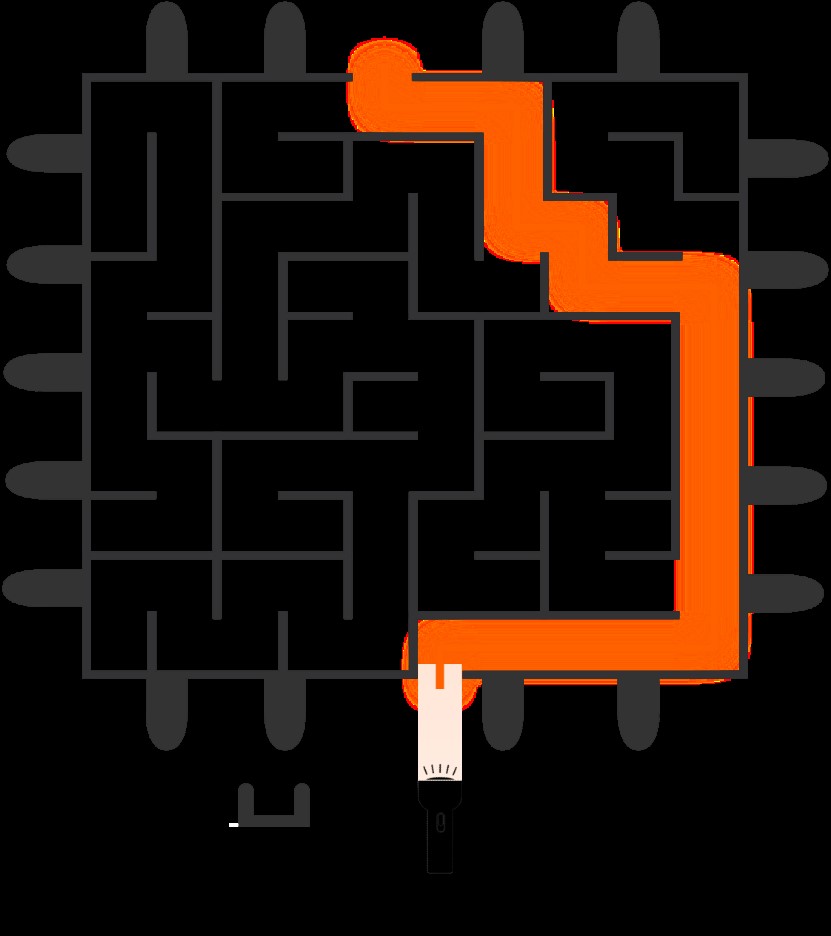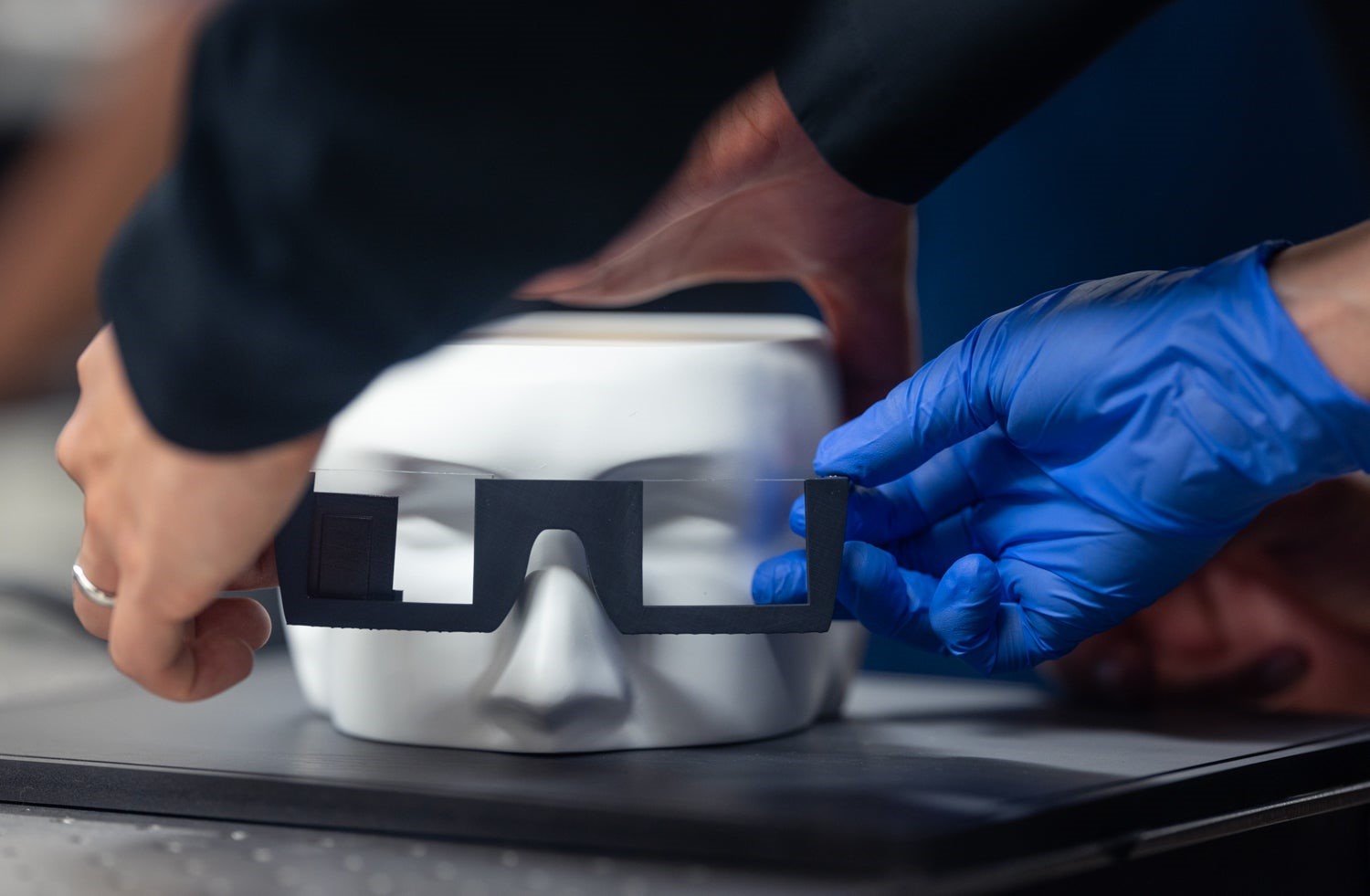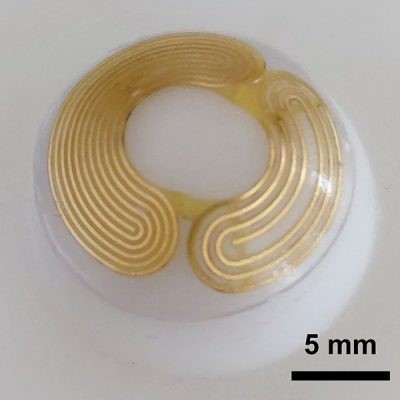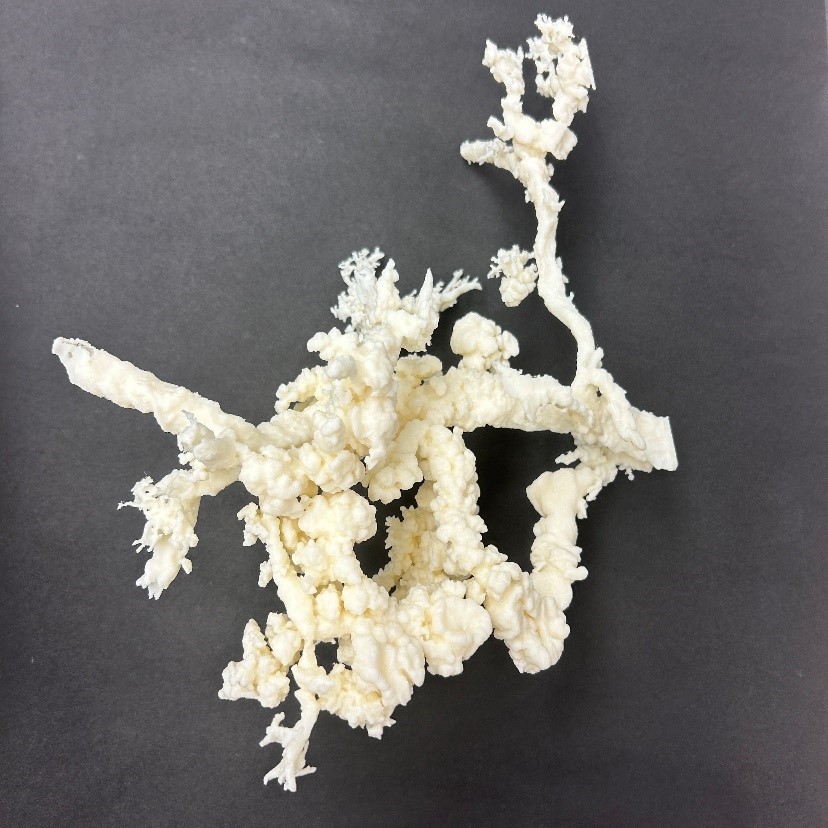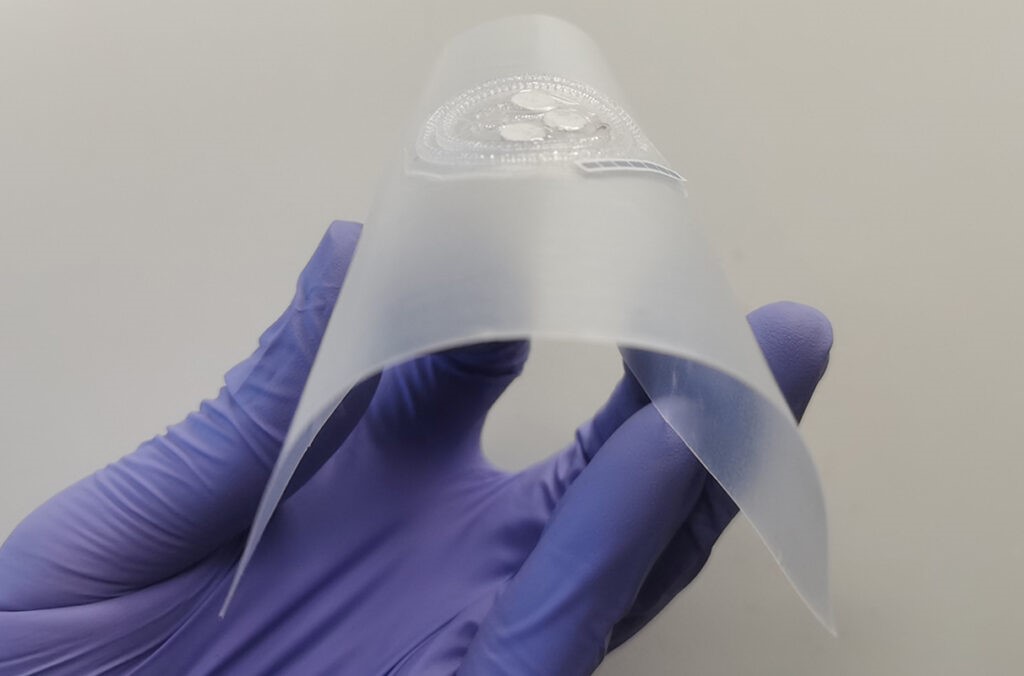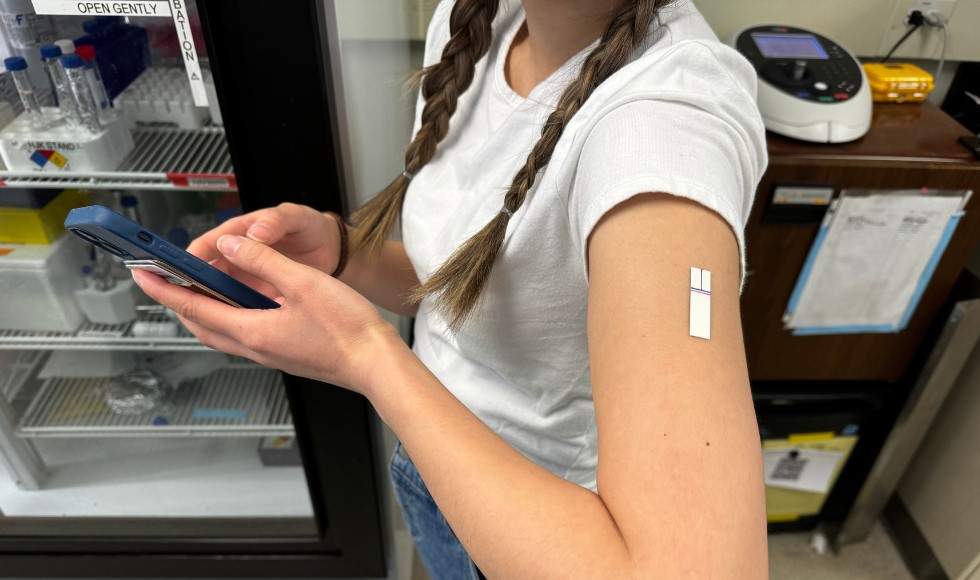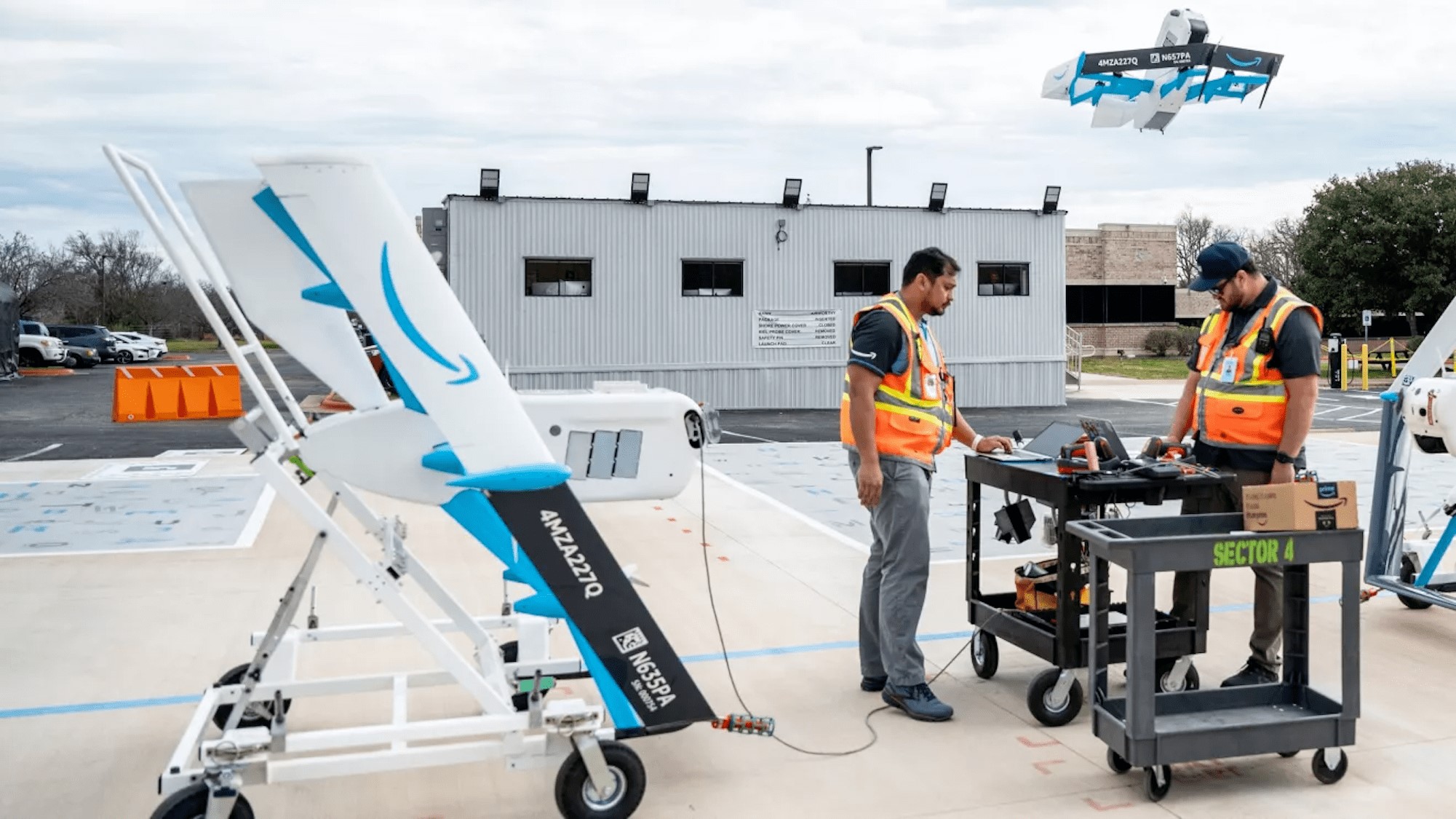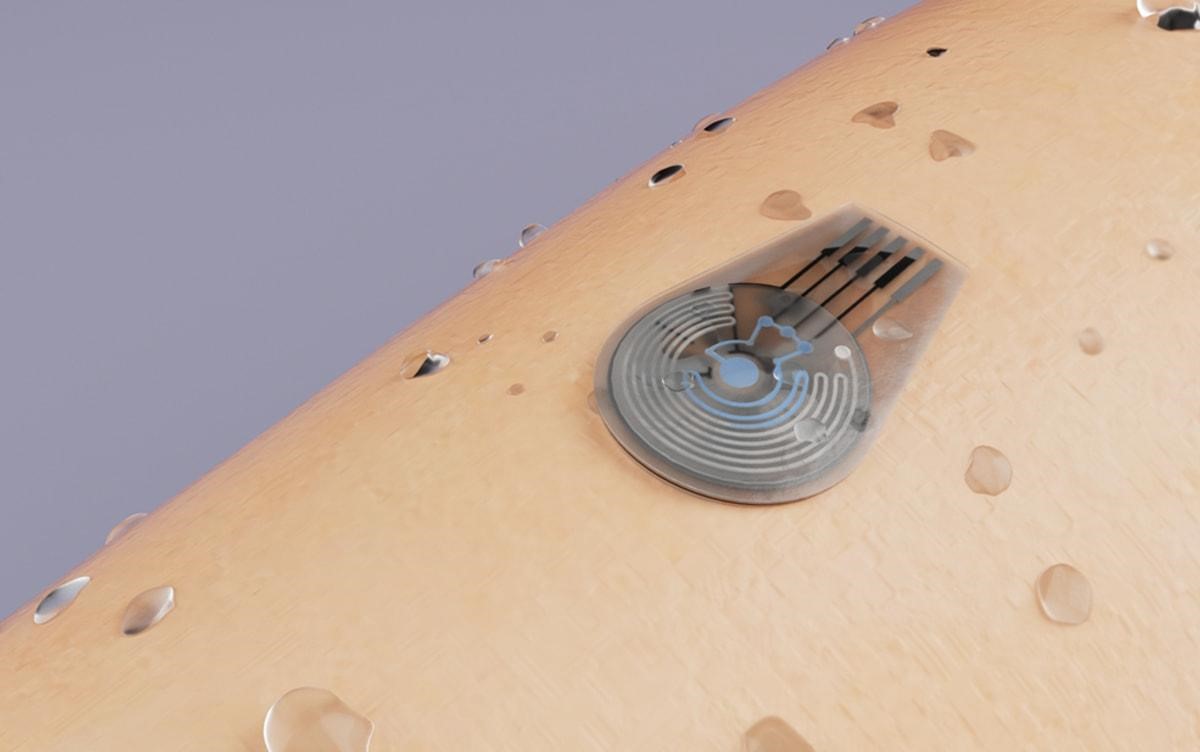Revolutionizing Spinal Injury Treatment: Cambridge's Breakthrough Spinal Cord Device
The development of this tiny, flexible electronic device by a multidisciplinary team at the University of Cambridge marks a significant advancement in the potential treatment of spinal injuries. Unlike current methods, which often involve invasive surgeries such as piercing the spinal cord with electrodes or brain implants, this new approach offers a safer alternative.
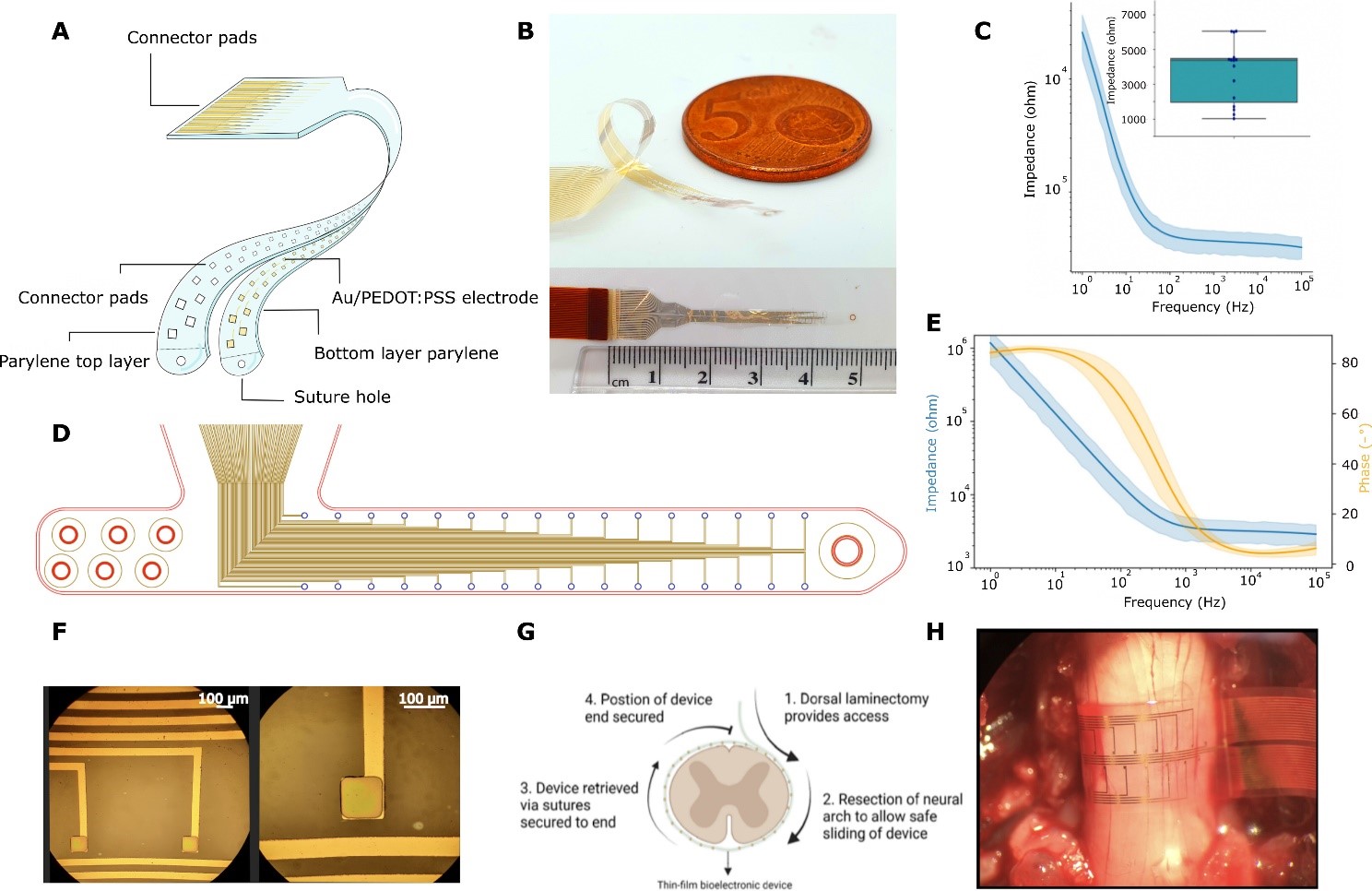
Figure 1. The device. (Credit: Ben J Woodington) [1]
Figure 1 shows the device. The device, which wraps around the spinal cord, can record and stimulate nerve signals in a 360-degree manner, providing a comprehensive understanding of spinal cord activity. This capability opens up new possibilities for treating spinal injuries without the need for risky brain surgery [2]. Moreover, the device's thinness and biocompatibility ensure minimal damage to the nerves, making it a promising tool for both monitoring spinal cord activity during surgery and advancing our understanding of spinal cord function.
The successful testing in live animal models and human cadavers demonstrates the potential of this technology to bypass complete spinal cord injuries and restore limb movement. Furthermore, the low latency of the device's response makes it highly promising for clinical applications.
While the translation of this technology into actual treatments for spinal injuries may still be a few years away, its immediate utility in surgical monitoring and research is evident. By providing a safer and more comprehensive approach to studying the spinal cord, this innovation could pave the way for improved treatments not only for spinal injuries but also for other conditions such as chronic pain, inflammation, and hypertension [3].
The collaborative effort behind this breakthrough, supported by various institutions and funding bodies, highlights the importance of interdisciplinary research in addressing complex medical challenges. This development holds significant promise for improving the lives of individuals affected by spinal cord injuries and other related conditions.
Source: University of Cambridge
References:
- Ben J Woodington, Jiang Lei et al. ‘Flexible Circumferential Bioelectronics to Enable 360-degree Recording and Stimulation of the Spinal Cord.’ Science Advances (2024). DOI: 10.1126/sciadv.adl1230
- https://www.sciencedaily.com/releases/2024/05/240508140647.htm
- https://www.independent.co.uk/news/science/university-of-cambridge-cambridge-b2541795.html
Cite this article:
Hana M (2024), Revolutionizing Spinal Injury Treatment: Cambridge's Breakthrough Spinal Cord Device, AnaTechMaz, pp. 258


